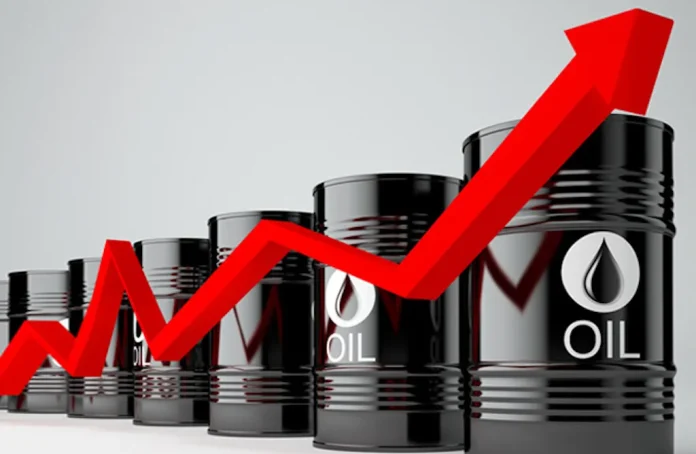Oil prices posted their first weekly gain since January, driven by heightened supply concerns following a fresh wave of sanctions on Iranian crude exports. As of Monday’s global commodity market session, Brent crude edged close to $72 per barrel, while U.S. West Texas Intermediate (WTI) hovered around $69.
According to commodities strategists at ING, the latest sanctions have intensified supply-side risks, providing strong support for crude prices. Brent surged 2.2%, with WTI following a similar upward trajectory after weeks of declines, largely attributed to trade tensions initiated by President Donald Trump earlier in the year.
“Tighter sanctions on Iranian oil exports provided some support, along with compensation plans from certain OPEC+ members for overproduction,” ING stated. However, uncertainty remains over whether OPEC+ members will adhere to these plans and effectively cut output.
Further upside potential exists for oil prices this week, amid speculation that the Trump administration’s reciprocal tariffs, set to take effect on April 2, may be less severe than initially anticipated and more targeted in scope.
Meanwhile, data from oilfield services provider Baker Hughes revealed a slight decline in U.S. oil drilling activity. The number of active oil rigs—an indicator of short-term production—dropped by one to 486 for the week ending March 21. This marks a decline of 23 rigs compared to the same period last year.
At Friday’s trading close, Brent crude settled at $71.72 per barrel, while WTI stood at $68.25 per barrel, reinforcing a positive shift in the oil market after weeks of bearish sentiment.














